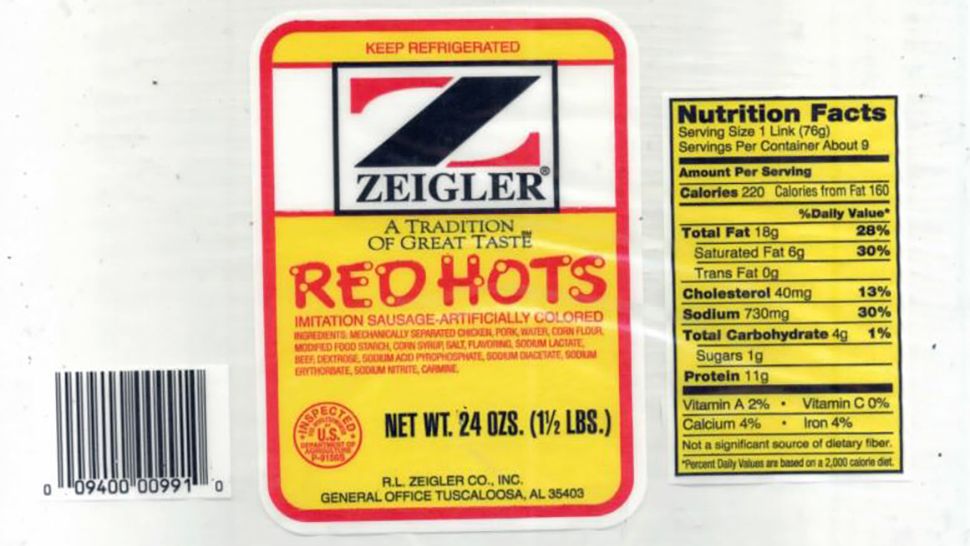University of South Florida student Hannah Seamans is lucky. She's about to graduate with only a few thousand dollars debt.
But as she prepares for graduate school, she knows that will likely change.
"I do plan to take out some loans for the University of Texas and, woo, now's the time to start planning for that," Seamans said.
College debt is the second highest form of consumer debt in the United States, topping $1 trillion nationwide. In 2017, the average student loan debt was more than $37,000.
"If you're buried in debt, then it can start feeling hopeless," Seamans said.
Don't let that happen. Start planning early.
Importance of loan type
The first thing to do is figure out what kind of loans you have -- federal or private.
To find your federal loans, go to the National Student Loan Data System, the central database for student aid. When you log in, you can see your loan amounts, your lender, and repayment status on all federal loans.
Private loans will not be listed there. If you don't know if you have any private loans, you can generally call your school to find out.
Repayment Options
 Monthly repayment options on $37,000 in student loans, which is the national average. (Jonathan Haas, staff)
Monthly repayment options on $37,000 in student loans, which is the national average. (Jonathan Haas, staff)
Federal loans generally have lower interest rates and better repayment options than private loans. The current interest rate for federal loans is 5.05 percent, but that changes every year.
The first federal repayment plan is a standard 10-year plan, which divides your payments into 120 months.
"You're going to pay it off quicker, and also you're going to be paying less in interest," said University of South Florida Financial Aid Director Damieon Lovett.
If you can't afford payments under the Standard Plan, you can apply for income-based options, which have lower payments over a longer period of time, which can range from 15 to 25 years.
"Sometimes it can come out to where you're actually not making ... you're making a zero dollar payment, but that keeps your loan repayment status active and in good status," Lovett explained.
With the income-based options, you will usually end up paying more in the long run, though, because of additional interest.
Other options you can apply for if you are continuing your education or experiencing financial hardship include a deferment or forbearance to delay paying your loans. If you qualify for a deferment, interest will not accrue on your loans during that period. However, interest does continue to grow during forbearance.
Know when your payments start
Be sure to know how long you can wait after leaving school before you have to make your first payment. The grace period is usually six months.
Whatever you do, don't ignore them when they come due.
"Worst thing [borrowers] can do," Lovett said. “What will happen is 270 days of not making payments, those loans go into default."
Defaulting on federal loans can cause serious problems.
"Any income you're making, it can be garnished," Lovett explained, "from the paycheck or from the tax return, if you do get an income tax return refund."
Also, if you have a professional license or certificate, be aware that that can also be revoked if you default.
To avoid these problems, don't borrow more than you need, stay in touch with your lender, and be disciplined when it comes time to pay.
Public Service Loan forgiveness
One last thing -- if you work in public service, like the military, teaching, nursing, the Peace Corps, AmeriCorps or non-profits, you could be eligible for a loan forgiveness program.
That’s one possibility Hannah might be able to take advantage of, because she’s considering a career in the Air Force as a public affairs officer.
"That would be incredible," Hannah said to the possibility of having her loans forgiven through public service. "That would be unbelievable, and I would be ecstatic."









